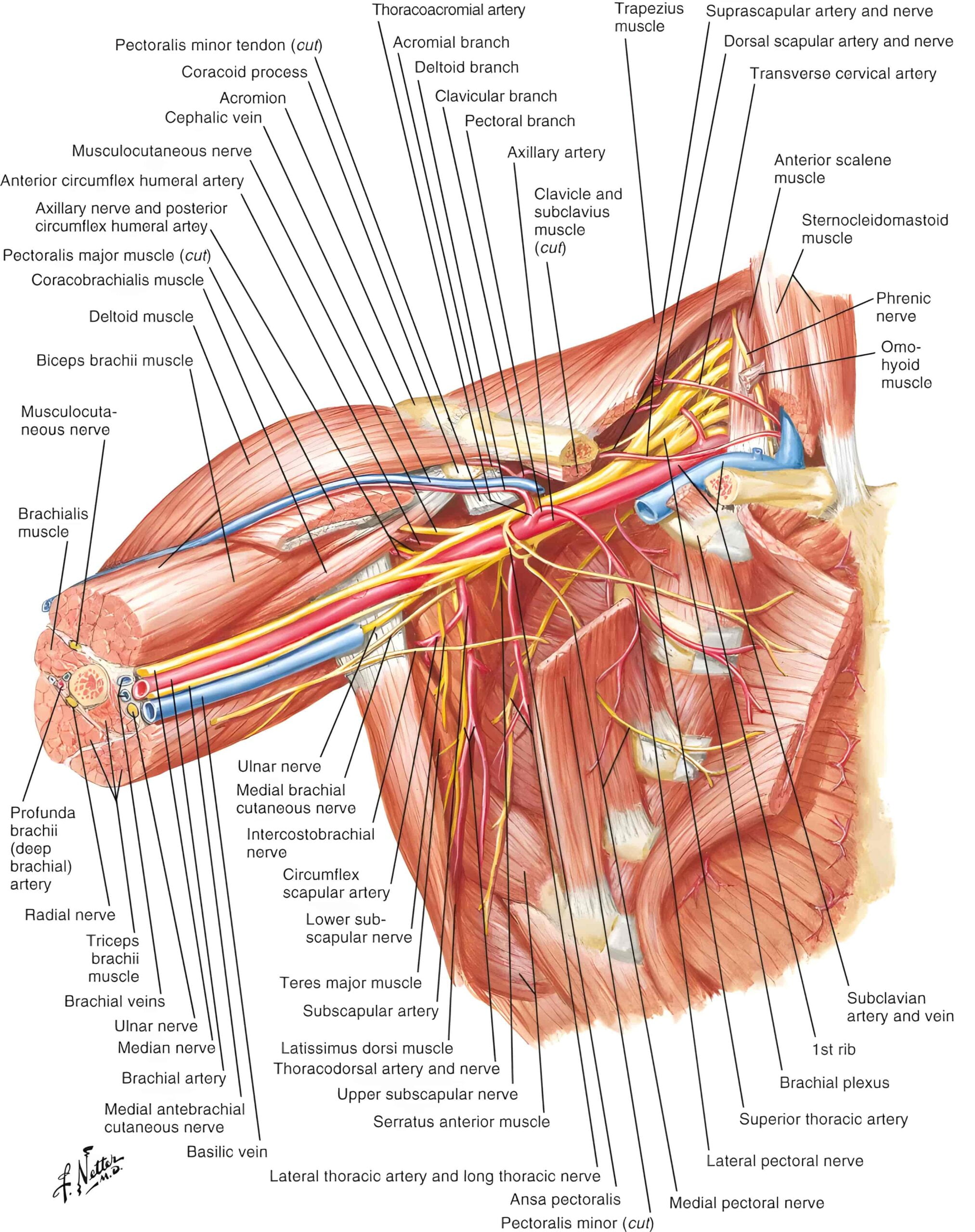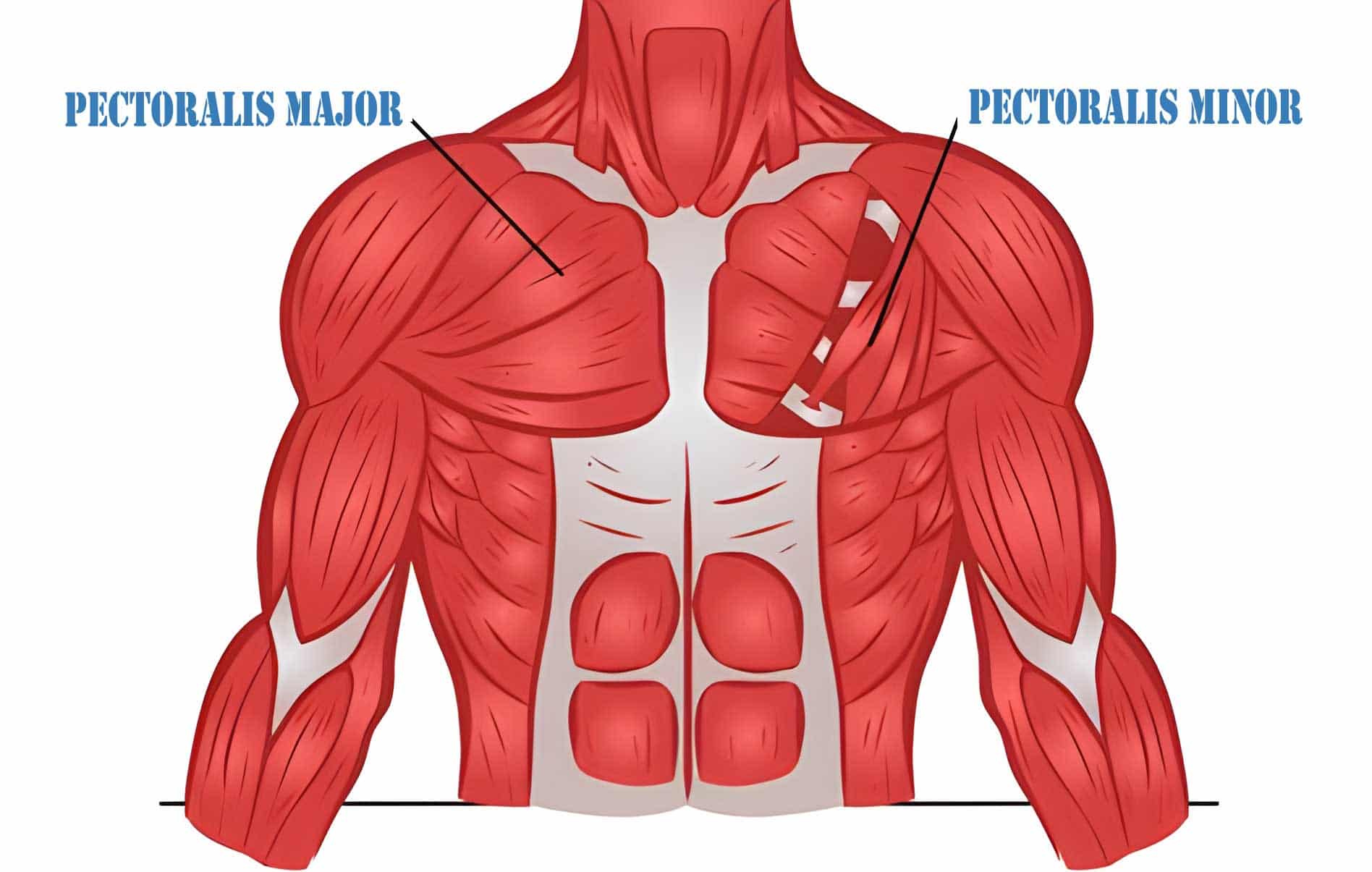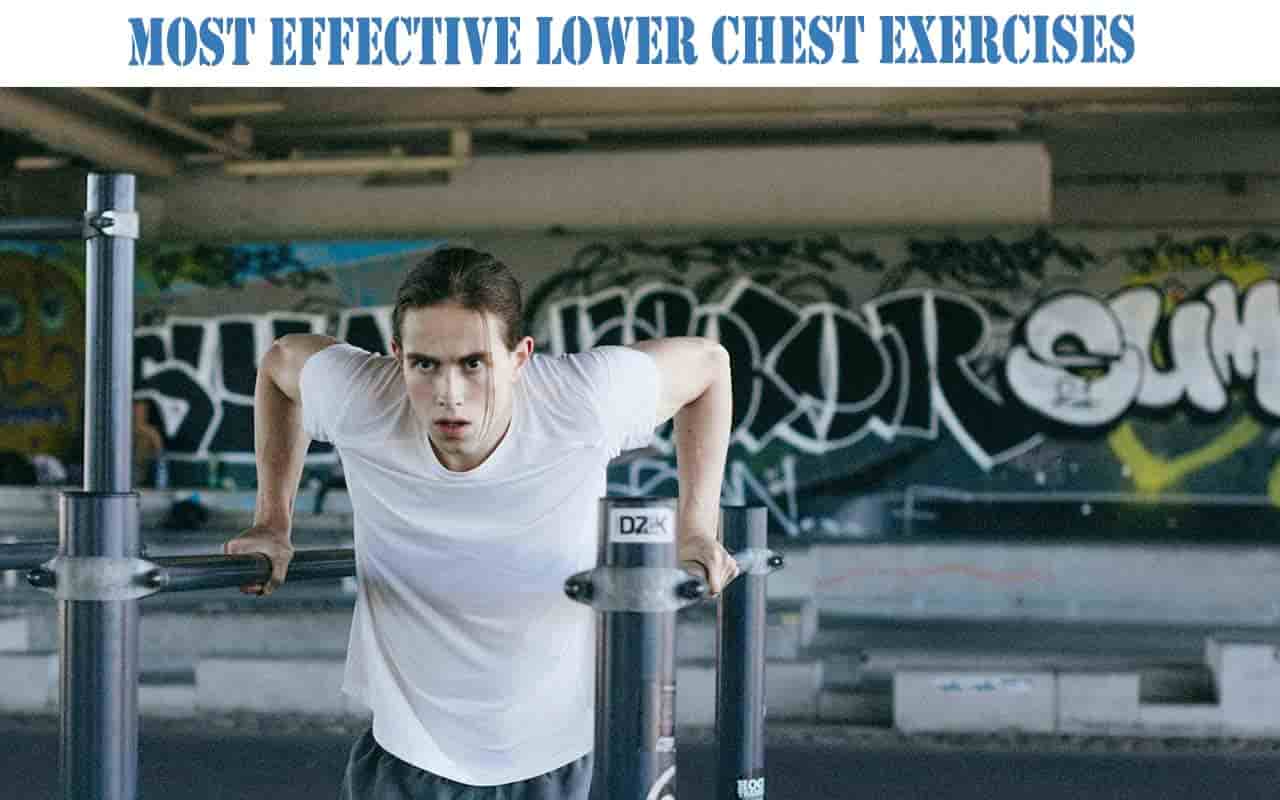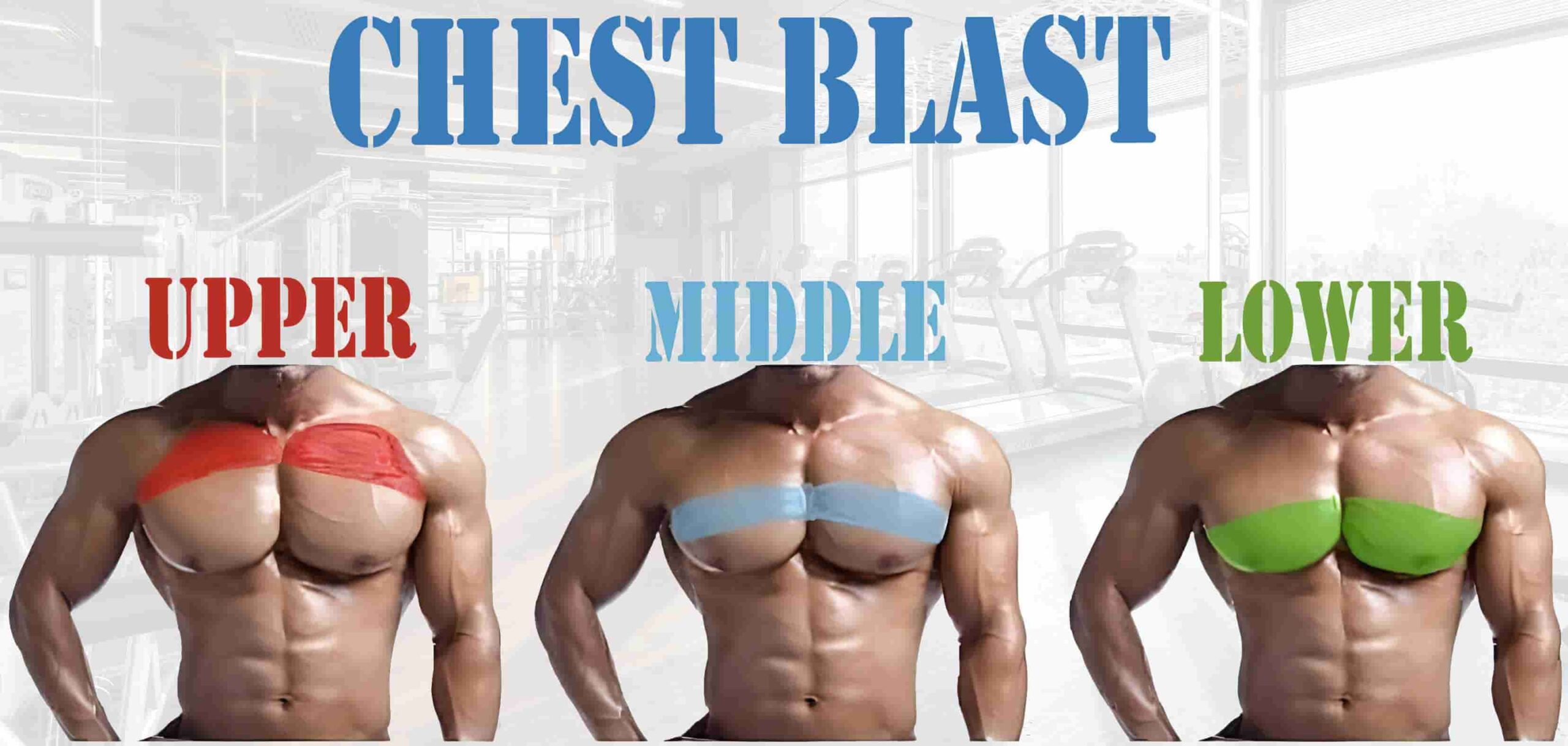These are the 8 most effective lower chest exercises that have been shown with effectiveness in developing lower pectoral muscles. For those who have to practice using cables (including single cables), you’ll have to go to the gym (unless you have enough money to buy a suit to use at home). While some other exercises use dumbbells or don’t need support equipment, you can do them at home.
Many men want larger pecs. Many men want a ‘V-taper’ with a large chest and strong upper body. However, most people don’t realize that a strong lower chest is often key to building a strong upper body. These exercises should not be skipped!
A great motivator for the gym is chest day. If you aren’t seeing results, it may be time to modify your routine. This article will give you tips on how to make your chest workout more effective.
Because the upper chest is so small, many men place too much emphasis on it. This can cause you to appear more top-heavy than your body. While most upper-body exercises can be done with a cable machine at your gym, some types of equipment are more suited for specific exercises.
To increase your chest size and strength, you should press, press, fly, and press again. To build a strong chest, you must target the lower chest. This is the area that runs from underneath your armpit (nearly the serratus muscle), to under the nipple.
You won’t get the full, muscular look bodybuilders Franco Columbu and Arnold Schwarzenegger were famous for if you neglect the lower chest. A larger chest can often be a more powerful chest.
Table of Contents
Lower Chest Muscles
There are three distinct sections to focus on when we talk about strengthening your chest muscles: the upper, middle and lower.
The collarbone is where your chest muscles begin. The clavicular head (or major pectoralis) extends from your shoulders to the clavicular head. When someone uses the term pecs they mean the sternal head or largest muscle that makes up most of your chest.
All of your chest exercises focus on the chest muscles. Specific workouts like the lower chest workouts work on specific muscles, which can improve your aesthetics.
The pectorals look more attractive if the lower chest muscles are well-developed. A lower chest that isn’t well-shaped or sculpted will not reflect the beauty and shape you desire.
The lower pecs are not associated with heads, but that doesn’t mean you should ignore the lower chest.
Pectoralis muscles are more than just a pretty face. They will allow you to move your arms efficiently and do more work. Your pectorals and your shoulder muscles work together. This is why it the importance.
A well-shaped pec will give you strength and balance in your shoulders, as well as help you move your arms in all directions. You must work all upper muscles together in order to have the best upper body.
Lower Chest Exercises to Build Muscles
If you want to strengthen your lower chest muscles, there are a variety of exercises that can be done.
The pecs are fan-shaped muscles that resemble a fan. They have two heads: the clavicle head and the sternal. You will need to adjust the angle of your press in order to highlight the lower chest (sternal).
This can be done by performing traditional exercises such as pushdowns and dips on a decline bench. These are seven top lower chest exercises.
Chest Dips
Dips are sometimes referred to by the term “squats for the upper body” because they target all major muscles of your upper body. They can be scaled easily to suit both beginners and more advanced lifters.
Long-range motions of the dip put more strain on the lower chest, triceps and for greater strength and hypertrophy. This targets the lower chest but puts the anterior shoulder in danger.
What are the Benefits?
Increased lockout strength for exercises like the overhead press, bench press, and Olympic lifts.
You can increase strength and muscle mass in your chest, triceps, and shoulders by leaning forward.
Equipment:
Step
Hold the dip bars between your hands and grab them firmly. Engage the upper back by keeping the chest and shoulders up. Press the bar upwards and maintain a forward lean towards the lower chest.
Approach lockout by flexing your back triceps. After a second, slowly lower your body and then repeat the process.
Incline pushup
Pushups can be used to work your entire upper body. Pushups on an incline will focus more attention on the lower chest.
Equipment:
A flat bench, jump box, or step platform.
Steps:
Place your hands on the bench. Place your hands shoulder-width apart on a bench edge.
You can adopt a plank position by stretching your legs backward until your legs and back form an angle. The weight should be on the balls of your feet.
Slowly lower your chest towards the bench by bending your arms. Keep your elbows and arms near the body.
Slowly move your body away from the bench. Extend your arms and bend your elbows while you extend them. For one set, do 8-12 reps.
Decline dumbbell press
Although the instructions call for dumbbells for this exercise, people can also use a barbell.
A barbell allows people to lift heavier weights and do fewer reps. However, dumbbells offer greater motion, which can be beneficial for those who are looking to work on their lower chest.
Equipment:
One dumbbell or two
One decline bench
Steps:
Place one dumbbell in each of your hands on the decline bench and place it at 45 degrees. Place the dumbbells on your thighs, palms facing inward. Keep your back flat.
Lift the dumbbells above the chest and extend your arms towards the ceiling. Keep your hands facing inward.
Place dumbbells shoulder-width apart on a flat surface and then rotate your wrists so that the palms face away.
Begin by bending your arms at 90 degrees at the elbow. The dumbbells should be placed on the outside edges of your chest. Inhale.
Use your chest muscles to push the dumbbells upwards on the exhale. Hold the lift for about 1-2 seconds.
Slowly lower dumbbells until you return to the original position.
For each set, do 8-12 reps. Rest in between sets.
Dumbbell Pullover
Also known as the Lying pullover.
Dumbbell pullovers have many benefits
A common resistance exercise, the dumbbell pullover (or dumbbell pullover) is used extensively. It primarily strengthens the pectoralis major muscles. It engages large, wing-shaped muscles in your back (latissimus dorsi), core muscles, and the back of your upper arms (triceps).
As the dumbbell pullover requires you to keep your spine in a stable, extended position while performing the entire movement, it is considered a postural exercise. This move helps to open the chest and improve flexibility. These areas can become tight especially if you have a desk job or computer work.
The general goal of weight training is to increase muscle mass. However, if you do exercises that force your muscles to stretch under stress, your chances of muscle growth increase.
The pullover movement requires that you reach overhead to stretch your chest muscles.
Equipment:
Weight bench, dumbbell.
Steps:
Place your head, upper body, and feet on a bench.
You should hold a dumbbell with both your hands, just above your chest. The dumbbell should be held in your palms with your thumbs and fingers against the handle. Do not go too heavy. If you do triceps extension, use a similar weight.
Keep your core engaged and move the dumbbell slowly behind your head. Keep your elbows bent and your back straight throughout the movement. Slowly lower the weight until it is at the same level as your head. Then, slowly return it to its original position.
Do not lower the weight to the point that it is uncomfortable for you, especially on your shoulders.
Seated machine fly
You should start with a lighter weight than you actually need to ensure that you don’t overload your shoulders or overstretch. Slow, controlled movements are best.
As if you are hugging a beachball, bend your elbows.
Start by reaching your arms back and grasping the handle in the middle. Next, reach back to grab the second handle. This will protect your shoulders and lower your chance of injury.
Benefits/muscles
- Pectoralis major
- Biceps brachii
- Serratus anterior
Equipment:
Fly machine for the seated
Steps
The fly machine handles should be adjusted so your wrists, elbows, and shoulders are all on the same plane. Press the handles towards your midline. Slowly return them to their original position. Repeat.
Dumbbell press rotated
This is a variation from the previous exercise, decline dumbbell press. This move is slightly more complicated than the traditional dumbbell press. People who are new to the exercise might be able to do it with lighter weights until they become comfortable.
Equipment:
One dumbbell or two
One decline bench
Steps:
Place one dumbbell in each of your hands on the bench. Place the dumbbells on your thighs, palms facing inward.
Place the dumbbells on your chest, with the arms extended towards the ceiling. Keep the hands in the same place.
Do not lower the dumbbells from their starting position. However, you should keep your palms facing inward. The palms should not be rotated. The dumbbells should be parallel with the body.
Inhale slowly.
Inhale and press the dumbbells upwards with your chest muscles. Rotate the palms inwardly to face each thumb. Hold for about 1-2 seconds.
Slowly lower the dumbbells and rotate your palms inward to return to the original position.
Each set should contain 8-12 reps. You can rest in between sets.
Cable crossover
The position of the pulleys can affect the exercise options offered by cable machines. Lower pulleys will emphasize the lower chest, while higher pulleys will highlight the upper chest.
Cable crossovers work the muscles of both the lower and upper chest.
Equipment:
A cable machine
Steps:
Place the pulleys over the head. Each pulley should have one handle. Next, select the weight you want.
With your palms facing down, take one of the handles in each hand. To tension, the cables, stand in the middle of a cable machine.
Move one step forward Step forward. Lean forward and extend your arms to the side. However, keep an elbow bend. Keep your elbows from moving behind your shoulders.
Inhale and bring your hands in front of your body. Slowly extend your arms outwards and inhale to return to the original position. You should do 8-12 reps each set. Rest between sets.
Parallel-bar dips (chest)
Parallel-bar dips stimulate multiple muscle groups, including the back, chest, arms, shoulders, and shoulders. To engage the lower chest muscles, keep your head slightly forward during this exercise.
Equipment:
A series of parallel bars
Steps:
Grab the bars and use your arms to lift the body above the bars.
Slowly inhale and bend your arms forward. Keep lowering your body until you feel a slight stretch in the chest.
Do as many repetitions as you can without straining your muscles.
Parallel-bar dips are difficult and require significant upper body strength. If you aren’t comfortable doing a full chest dip, there is an alternative.
Parallel-bar dip variation:
Grab the bars and leap up so that your arms and body are straight.
Slowly lower your arms by leaning forward and bending your arms. Continue this until you feel a slight stretching sensation in your chest.
Instead of lifting your body up, place your feet on the ground and let go of any bars.
Do as many repetitions as you can without straining the muscles. Before you attempt a full chest dip, focus on strengthening your upper body and increasing the range of motion.
8 Lower Chest Workouts
There is one way to work your lower chest: downwards against your chest. For you to see amazing results quickly, we have compiled the 8 best lower chest workouts.
- Chest Dips
- Pushup in the Inline
- Decline dumbbell press
- Dumbbell Pullover
- Flying machine for seated
- External rotation for the dumbbell bench press Decline
- Cable crossover
- Parallel-bar dips (chest)
The video below will also give you some ideas for workouts to build lower chest muscles
Anatomy of the Chest

The chest is a large, superficial muscle that runs at multiple angles and has many attachment points. It is crucial to understand what these muscles are and how they function in order to have a stronger chest. Two muscles make up the chest: the pectoralis major muscle and the pectoralis sub muscle.
The pectoralis minor is a large, superficial muscle that lies on the anterior side of the thoracic spine. The Pectoralis minor muscle is located on the anterior side of the chest and is just below the pectoralis muscle.
The pectoralis major has 2 major heads. The clavicular head is located in the upper chest area, while the sternal head is located in the middle and lower chest regions.
The extended arm can be flexed by the clavicular portion of the chest, and the sternal head helps in the extension by pulling the arm down.

The Benefits of Training Your Lower Chest
You can build a larger and fuller chest by focusing on your lower chest 9and chest overall.
Better posture
The chest is one of the most important muscles in the upper body. Its strength and length determine your shoulder position. Along with the shoulder and upper back, the pecs help stabilize the shoulder joint.
Better Breathing
The chest muscles can be strengthened and extended to support deeper breathing by allowing for expansion and contraction of your ribcage. Your pecs attach to your ribcage. If they are short or tight, it will impact your ability to breathe deeply.
Increased athletic performance
Because the pecs can be your hugging muscle they help to tackle and defend opponents on the football field. They also help with throwing a baseball or a football faster and easier.
Additional benefits include:
- Stability for the shoulder is improved
- Contributes to the overall strength
- Can help improve posture
- Increases the range of motion in the shoulders, arms, and hands
- Stabilization and extension of the chest muscles can help with better breathing.
Tips for effectively training lower chest muscles
These tips will help you keep your lower chest exercises safe and effective.
- Always warm-up. Warming up for 10 minutes before you lift your weights.
- Gentle stretches. Gentle wall stretches can help reduce injury risk.
- Balance your muscles. Do not place all your attention on one muscle group. Do a superset to maintain a balance between the front of your body and the back. Do a superset that includes a lower chest lift, followed by one that targets the trapezius, rhomboids, or latissimus Dorsi.
- Do sets and reps. Make sure your muscles are not in pain by the end of the last rep.
- Alternate your pec muscles. Do the pecs two to three times per week. You should alternate between your upper, lower, and mid-chests.
The bottom line
If performed correctly, the exercises will target the lower chest. To achieve a balanced physique, it is best to incorporate these exercises into a full-body strength-training program.
While there is much talk about lower chest exercises, we don’t believe you need to do a specific lower chest workout. This is because you already have your lower chest fibers working in many regular chest exercises.
Instead, we suggest you do a full chest workout that will not only work your lower pecs but also your upper and middle pecs.
When performing these exercises, it is important to pay attention to the form and technique of each movement. Avoiding rushing through sets, and not using too heavyweights, can help to avoid injury.
Avoid training the same muscle groups for multiple days at a time. Muscles need to rest after hard work.


